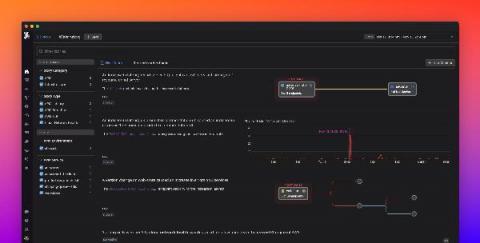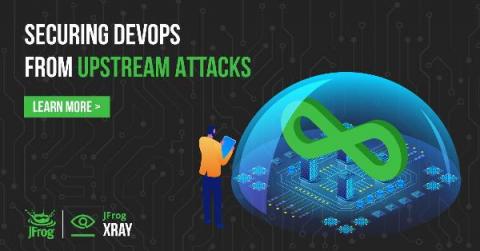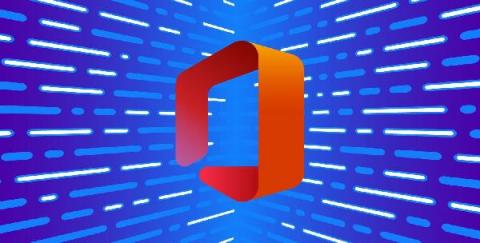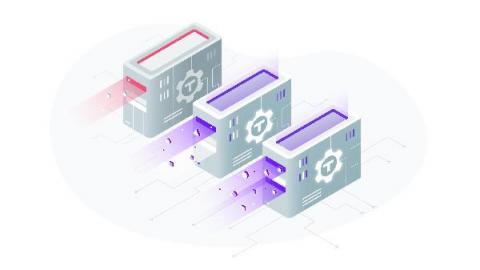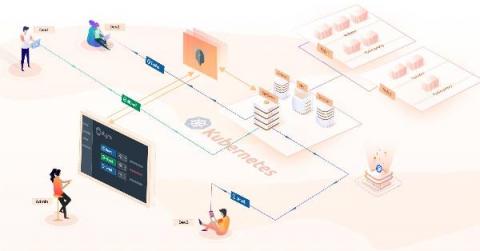Top 10 Reasons to Use CloudCasa vs. your Cloud Vendor's Backup
We discussed in previous blogs the need for data protection for Kubernetes and what’s different about CloudCasa. CloudCasa was designed to address the gap in data protection and disaster recovery that exists in all the leading Kubernetes distributions and managed cloud services. Further, another pain point that CloudCasa addresses is that your cloud-based applications may well be hybrid and multi-cloud applications that use both container-based storage and serverless databases.



